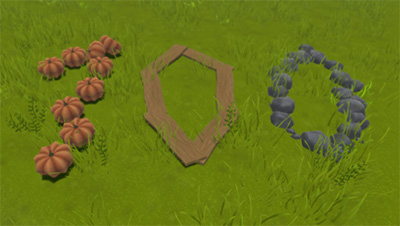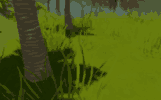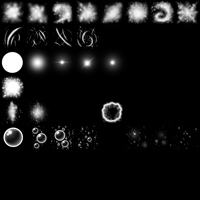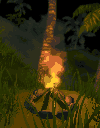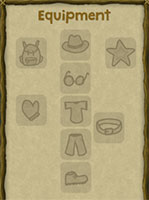A long time ago a blogged about random island generation. Here are some of my old blog entries about the topic:
 Random Terrain Generator
Random Terrain Generator Terrain Generator Continued
Terrain Generator Continued Rivers
Rivers More About Rivers
More About Rivers Voronoi Powered Rivers, Bezier
Voronoi Powered Rivers, BezierI used a complex Voronoi/Delauny library for this and then rasterized the data using a polygon fill algorithm because I need a 2D pixel array for the heightmap.
After doing some more research however I realized that generating a Voronoi diagram directly as a 2D array is quite easy. I even found a site with minimalist Delauny diagram implementations for various programming languages.
No C# implementation there but the approach is so simple that it only took a few minutes to write a working version for Unity in C#. The only problem with the approach presented there (I only looked at the Java version) is that the algorithm is not optmized at all and gets a lot slower with increasing numbers of Voronoi sites.
What it does is extremely simple:
 for each pixel in the array:
for each pixel in the array: find the closest Voronoi site by iterating over all sites and saving the shortest one with distance
find the closest Voronoi site by iterating over all sites and saving the shortest one with distance tint the pixel in the color of the site with the shortest distance
tint the pixel in the color of the site with the shortest distanceThere are two problems with the implementation:
 Checking the distance to ALL voronoi sites for each pixel: This makes the algorithm super slow with increasing numbers of sites. The solution for this is to only check the distance of adjacent sites. I'm creating the site points in a grid pattern so I know all the neighbors. This makes it easy to implement this optimization.
Checking the distance to ALL voronoi sites for each pixel: This makes the algorithm super slow with increasing numbers of sites. The solution for this is to only check the distance of adjacent sites. I'm creating the site points in a grid pattern so I know all the neighbors. This makes it easy to implement this optimization. Square root calculation in distance calculation: Calculating a square root is a relatively expensive operation. This operation can simply be removed because we only compare distances and don't need the actual distance. This has no huge impact but still makes a difference.
Square root calculation in distance calculation: Calculating a square root is a relatively expensive operation. This operation can simply be removed because we only compare distances and don't need the actual distance. This has no huge impact but still makes a difference.I solved both of these problems and achieved a fair performance that way.
The best thing however is that this approach is so much easier and requires just like 1% of the amount of code that I had before.
To test my new implementation more easily I made a little separate Unity project which you can try in the browser:
 Try the Web Map Generator
Try the Web Map GeneratorNote that this is just a very basic version which only creates a basic island shape and assigns some random colors. Also it doesn't work perfectly well with non-square map sizes.
Further Optimizations
Another thing I'll change is the resolution I'm using for the random map generation.
I was insane enough to work with a 1x1 m precision for all operations. Now I plan to reduced the base resolution to 4x4 m or maybe even 8x8 m.
Imagine a 256x256 m island. With the current calculation this leads to 256x256 "pixels" which is 65.536 pieces of data (each representing 1x1 m).
With 4x4 m precison the values change a bit: 256 / 4 is 64. 64x64 results in only 4.096 pieces of data. That's only 6.25% of the original data and therefore allows a much faster world generation. With 8x8 m it would be only 1.024 pieces of data.
Of course simply doing just that would make the generated maps blocky and ugly. That's why I will switch back to the 1x1 m precision after generating the basic map layout. I'll then apply simple smoothing algorithms and perlin noise to get more detailed and non-blocky results.
Red Cross
Someone in the comments pointed out that the red cross can be problematic in video games and he's totally right about it.
Therefore I replaced the red cross with a heart - which is a better logo anyway

edited 1×, last 13.01.19 11:36:27 pm
 Stranded III Dev. Blog
Stranded III Dev. Blog


 Offline
Offline
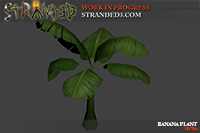
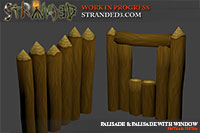


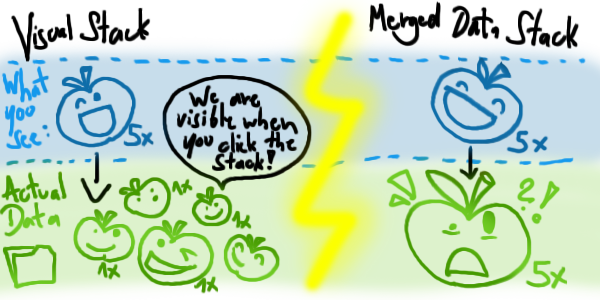
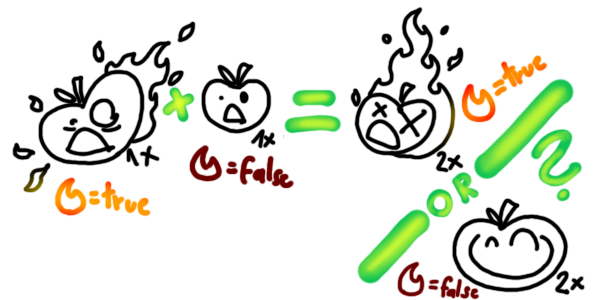
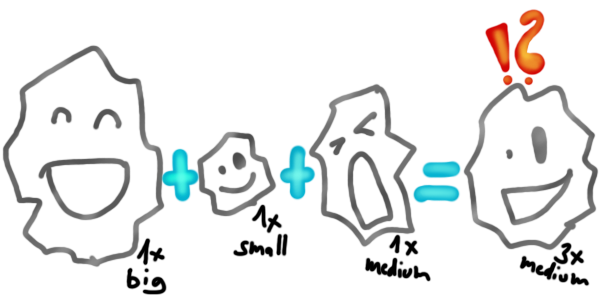
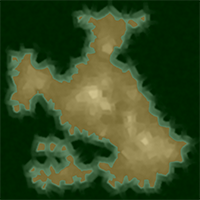
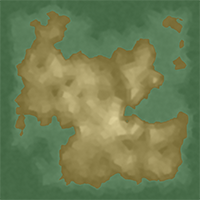

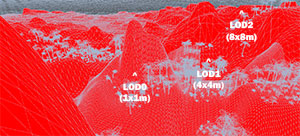
 Expensive: More mesh baking is required because changing the LOD of one chunk also affects its neighbors. You would either have to save a lot of edge combinations or create new meshes more frequently (either more memory- or more CPU cost)
Expensive: More mesh baking is required because changing the LOD of one chunk also affects its neighbors. You would either have to save a lot of edge combinations or create new meshes more frequently (either more memory- or more CPU cost) Cheap: No additional mesh baking / LOD mesh variants with different edges.
Cheap: No additional mesh baking / LOD mesh variants with different edges.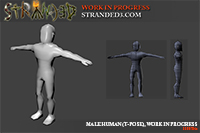

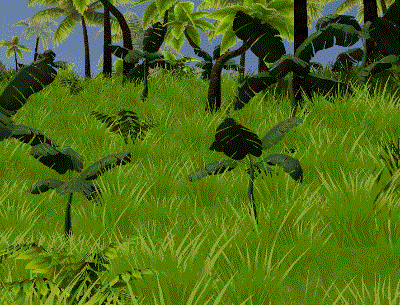
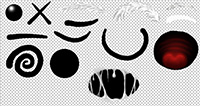
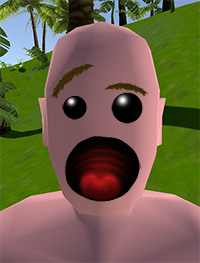
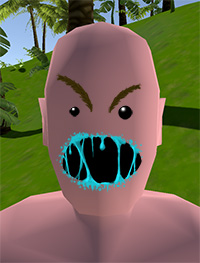

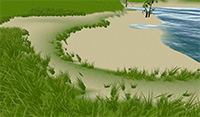
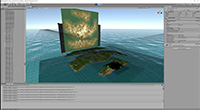

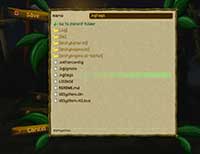
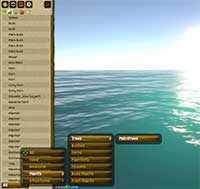
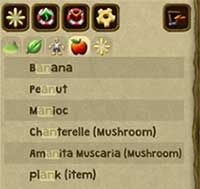
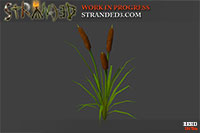
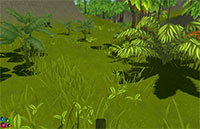
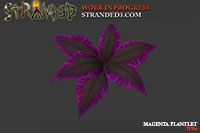

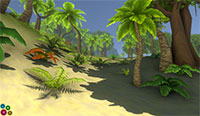
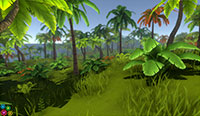
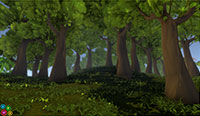
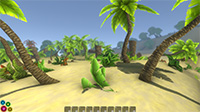
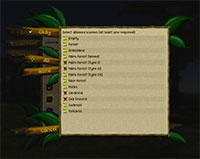
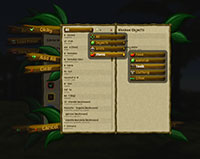

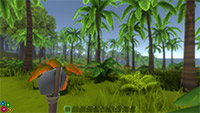

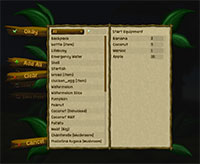
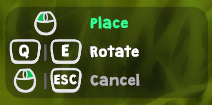

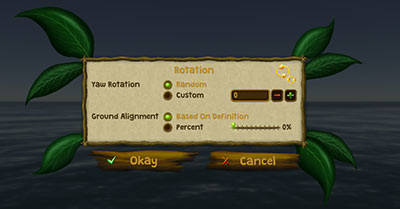
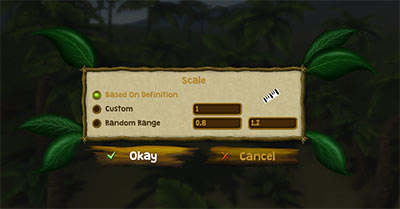
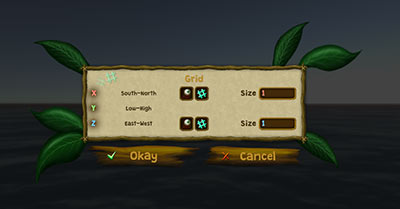
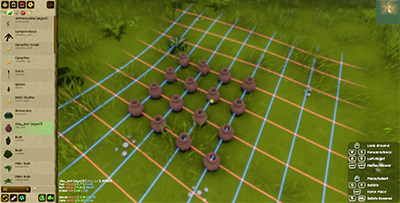
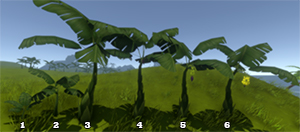
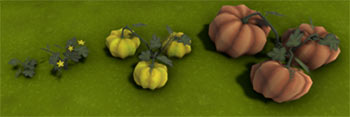
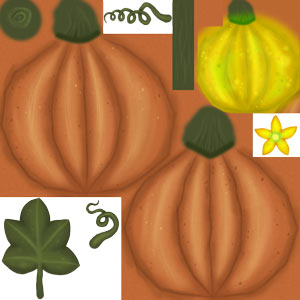
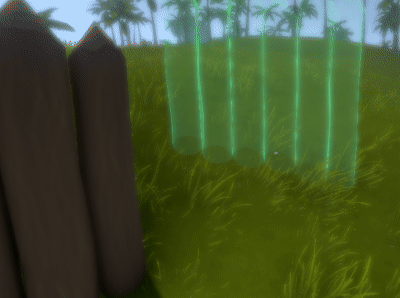
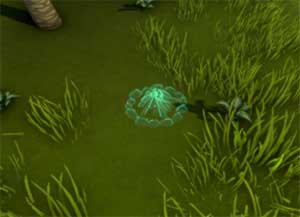
 ONE HUNDRED
ONE HUNDRED 